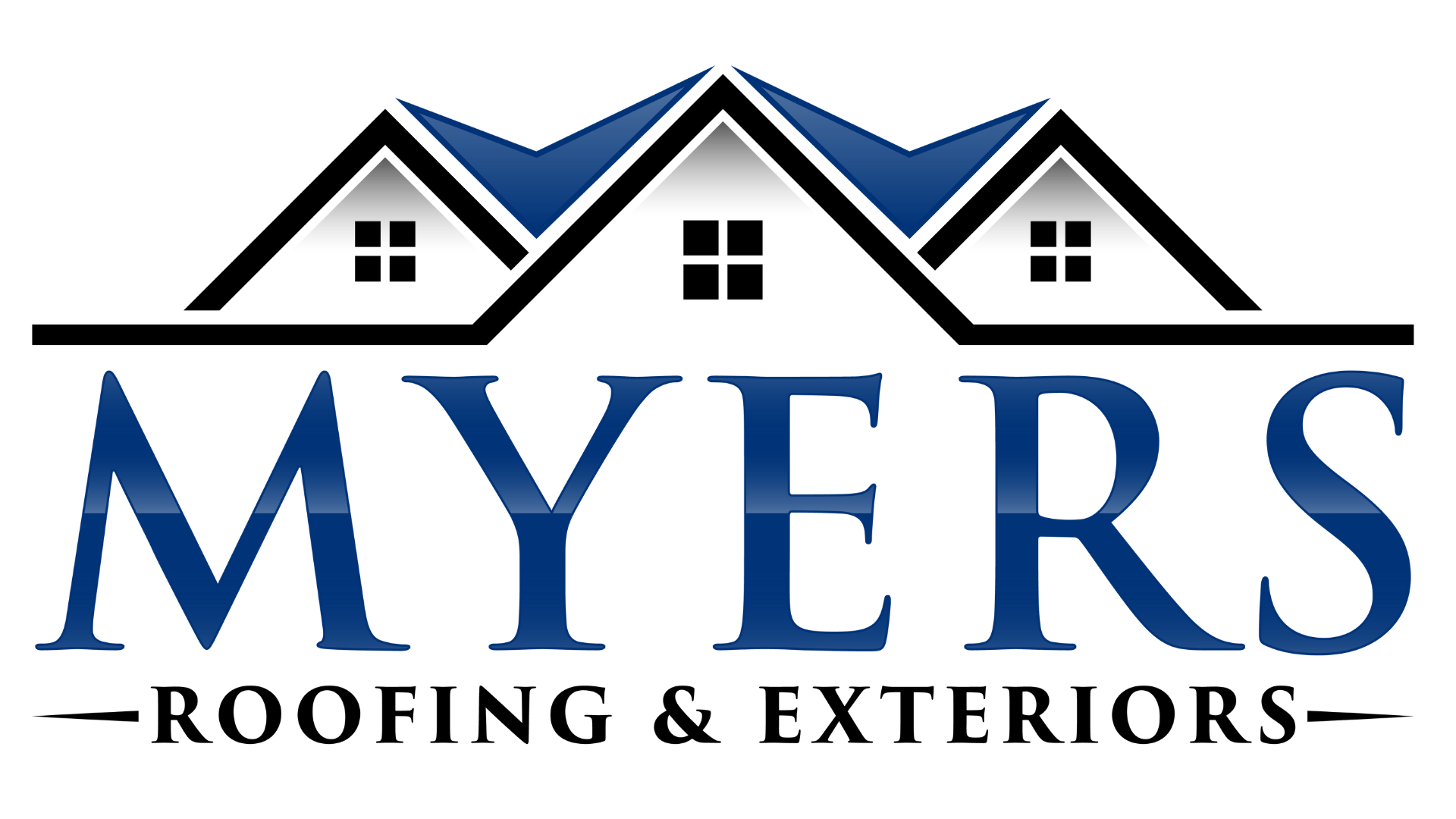For homeowners and real estate investors alike, every decision regarding property is an investment. From renovation projects that promise a return on investment to long-term maintenance choices that affect a property’s value, it’s crucial to make informed choices that enhance the aesthetics and offer a solid financial cushion.
Among these pivotal decisions is the exterior siding of your home, with James Hardie siding emerging as a standout option for those looking to maximize value.
This deep-dive blog post will explore the comprehensive financial benefits of the decision to opt for James Hardie siding over its traditional counterparts.
The significance of siding in protecting and beautifying a home extends beyond mere aesthetics. It acts as the first defense against the elements, keeps energy bills in check, and contributes significantly to a property’s curb appeal. Given its multifaceted role, it is vital to select an option that excels in all these areas while presenting long-term financial advantages.
This post will shed light on the financial perks that set James Hardie siding apart.
Financial Advantages of James Hardie Siding
When evaluating the benefits of any home improvement, the bottom line is always the financial impact. James Hardie siding offers various advantages that can translate into financially savvy choices for property owners.
Increased Property Value
Investing in James Hardie siding is more than just a functional upgrade – it boosts your home’s market value.
Numerous studies and reports in the real estate industry have consistently shown that homes with fiber cement siding, like the ones manufactured by James Hardie, command higher selling prices. The upshot is increased equity and a potentially substantial return on your initial investment.
Long-Term Cost Savings
While the initial outlay for James Hardie siding might be higher than some other types, its long-term savings more than compensate for the upfront cost.
With a lifespan that outlasts conventional options, it’s a one-time investment that ensures you won’t need to replace or extensively repair your siding anytime soon.
Low Maintenance Costs
One of the primary financial appeals of James Hardie siding is its minimal maintenance requirements. Unlike wood, it won’t rot, warp, or be susceptible to pests.
Fiber cement resists the effects of time and weather, reducing maintenance costs over the product’s life.
Enhanced Curb Appeal
Aesthetic upgrades are often seen as subjective, but the curb appeal of your property can directly influence its perceived and actual value. James Hardie siding offers a wide range of alluring finishes that maintain their visual integrity over time.
The lasting appeal of this siding not only keeps your home looking fresh but also positions it as a more attractive buy in the eyes of potential buyers and appraisers.
Comparison with Traditional Siding Options
It’s essential to juxtapose James Hardie’s siding with traditional options to showcase its financial prowess.
Cost-Effectiveness
While vinyl siding may be cheaper initially, it lacks the durability and aesthetic appeal that James Hardie siding can offer. Wood siding usually requires more intensive maintenance and has a higher initial cost, making James Hardie a more cost-effective middle ground without skimping on durability or charm.
Durability and Longevity
James Hardie’s siding stands out with its remarkable resilience. It’s engineered to withstand the harshest conditions – from intense sunlight to freezing temperatures – and maintain its structure and color integrity for years. This longevity means less frequent replacement or repair, saving you money.
Energy Efficiency
Investing in James Hardie siding can lead to appreciable energy savings thanks to its insulating properties. This energy efficiency directly affects the cost of heating and cooling your home, particularly in extreme climates.
Over the years, these savings can contribute significantly to the household budget, making it an economically sound choice.

Case Studies or Testimonials
To solidify the benefits with real-world evidence, we present a selection of case studies and testimonials from satisfied homeowners who have experienced the financial upside of choosing James Hardie siding.
Real-Life Savings
Joanna, a homeowner with a quaint cottage, opted for James Hardie siding and saw immediate savings in her utility bills. After replacing her outdated wood siding, she reported a 15% reduction in her home’s heating expenses, attributing it to the improved insulation provided by her new siding.
Market Value Increase
A trend observed among multiple sellers who have installed James Hardie siding before listing their homes is an accelerated selling time and selling prices often exceeding their expectations. The added appeal of a low-maintenance, high-quality exterior attracts more buyers, leading to a competitive bidding environment.
Conclusion
The decision to install James Hardie siding goes beyond the immediate comfort and visual pleasure it offers. It’s a solid financial decision with long-term advantages, from increased property value to energy savings and low maintenance. When considering an upgrade or renovation, weighed against the initial investment,
James Hardie emerges as a robust choice with returns that continue to give back over time. As this post attests, selecting this superior siding material can differentiate between a good and a significant investment.
You may also like to take a look at some of these great resources:
- What Are The Benefits Of Having New Siding Installed On Your Home?
- What Are The Benefits Of Choosing James Hardie Siding?
- Say Goodbye to Mold and Rot: The Moisture Resistance of James Hardie Siding
- How to Hire a James Hardie Siding Contractor: the Ultimate Checklist
Also, here are some resources to help you select a reputable contractor:




